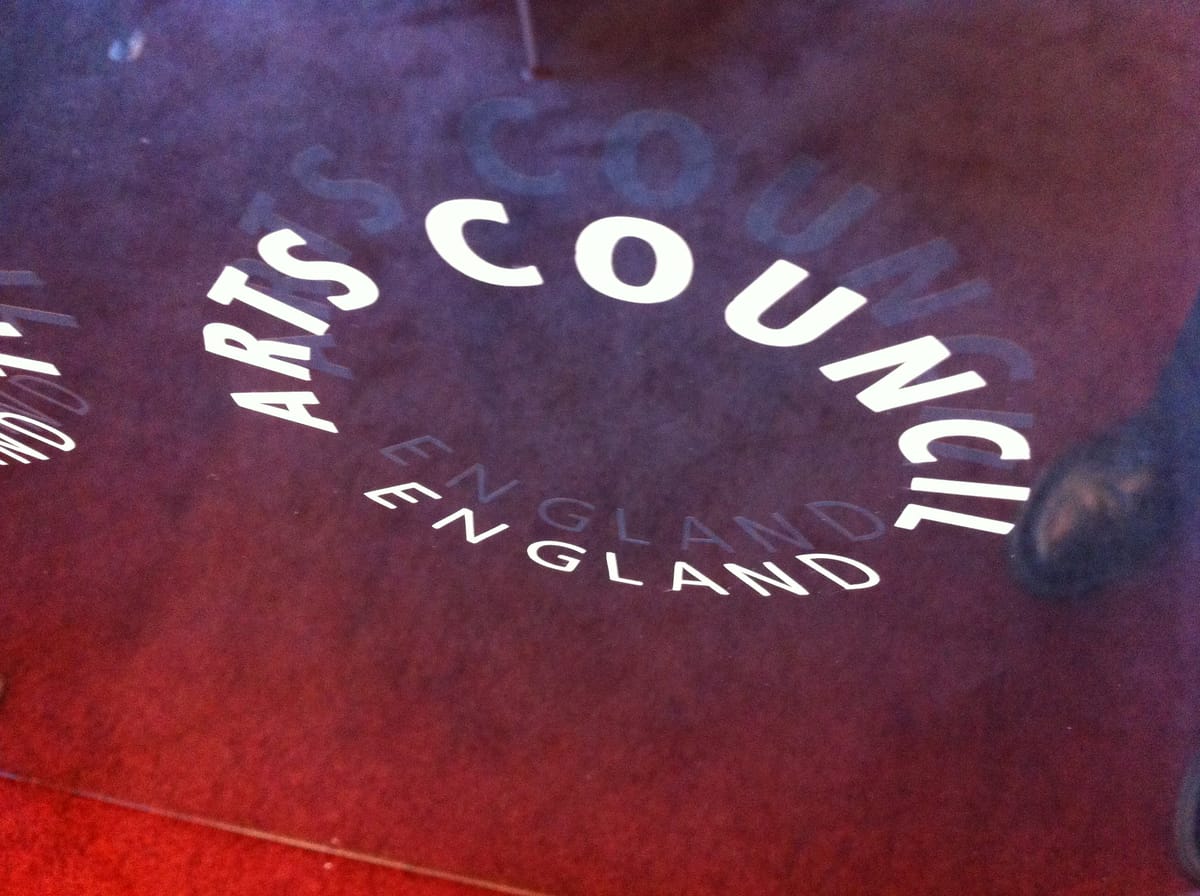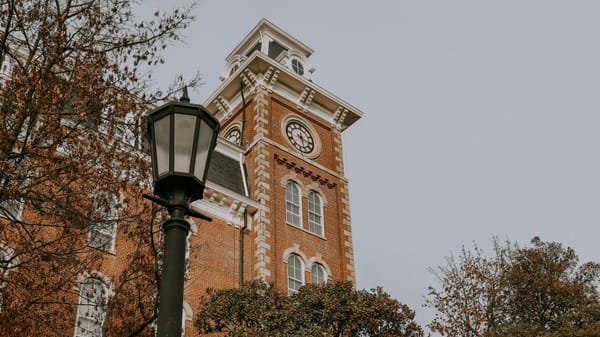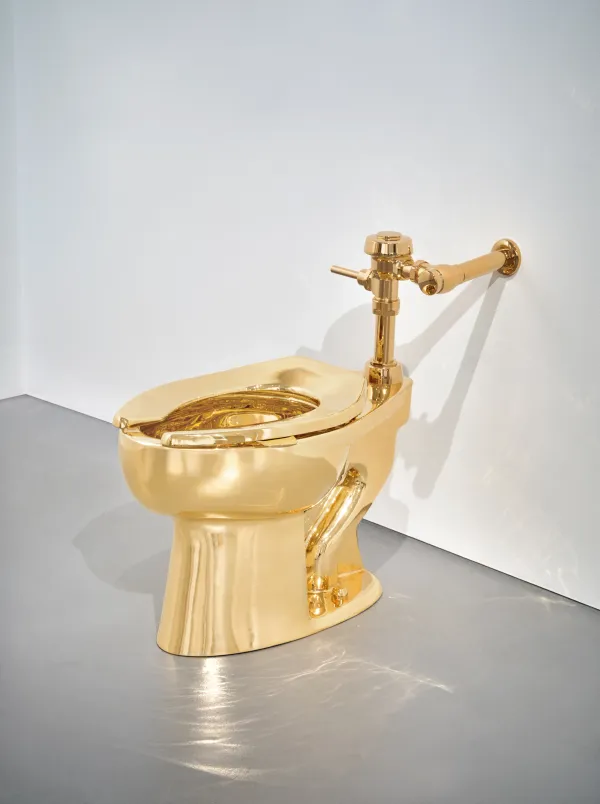Arts Council England’s Reapplication Mandate and Budget Cuts Threaten Nearly 1,000 Cultural Organizations
Arts Council England’s surprise funding changes and government cuts place 990 arts organizations at risk.

England’s arts and culture scene stands at a perilous crossroads. Arts Council England (ACE), the nation’s chief public arts funder, has revealed sweeping changes amid an ongoing government review, signaling trouble for nearly 1,000 organizations reliant on its support.
The current funding round, originally set through 2027 at £446 million annually for 990 groups—including 82 museums and 159 visual arts bodies—has been extended only until March 2028. But instead of a simple extension, ACE now requires all existing recipients to reapply for funding for the extra year, frustrating galleries and institutions already stretched thin.
This upheaval comes as ACE braces for a government-led review by Baroness Margaret Hodge, set to probe how public subsidies are distributed and spotlight regional inequalities. The wider context? Chancellor Rachel Reeves’ spending cuts have trimmed the Department for Culture, Media and Sport’s budget by 1.4%, deepening uncertainty.
Sir Nicholas Serota, chair of Arts Council England, warned that the sector is at a “tipping point.” Despite a decade of frozen funding, arts organizations have innovated and survived—but only up to a limit. Without continued public investment, theatres could shutter, galleries restrict hours, and the arts risk slipping away from communities beyond major cities.
Public funding not only sustains cultural life but attracts crucial private investment. Case studies like Gateshead’s Baltic Centre for Contemporary Art and Manchester’s Lowry prove that government money acts as a catalyst for philanthropy and sponsorship.
Yet, with budgets tight and political priorities focused elsewhere, the survival of England’s vibrant cultural landscape hangs in the balance. As Serota puts it, “Saving money on the arts is not going to restore the NHS to the levels people expect. But if you take away these really quite small funds from cities and towns across the country, you will see theatres close, art gallery hours restricted and life will become less rewarding.”
The looming funding decisions will determine whether England’s rich artistic heritage continues to inspire or fades into silence. The arts community—and the public—are watching closely.
ART Walkway News





